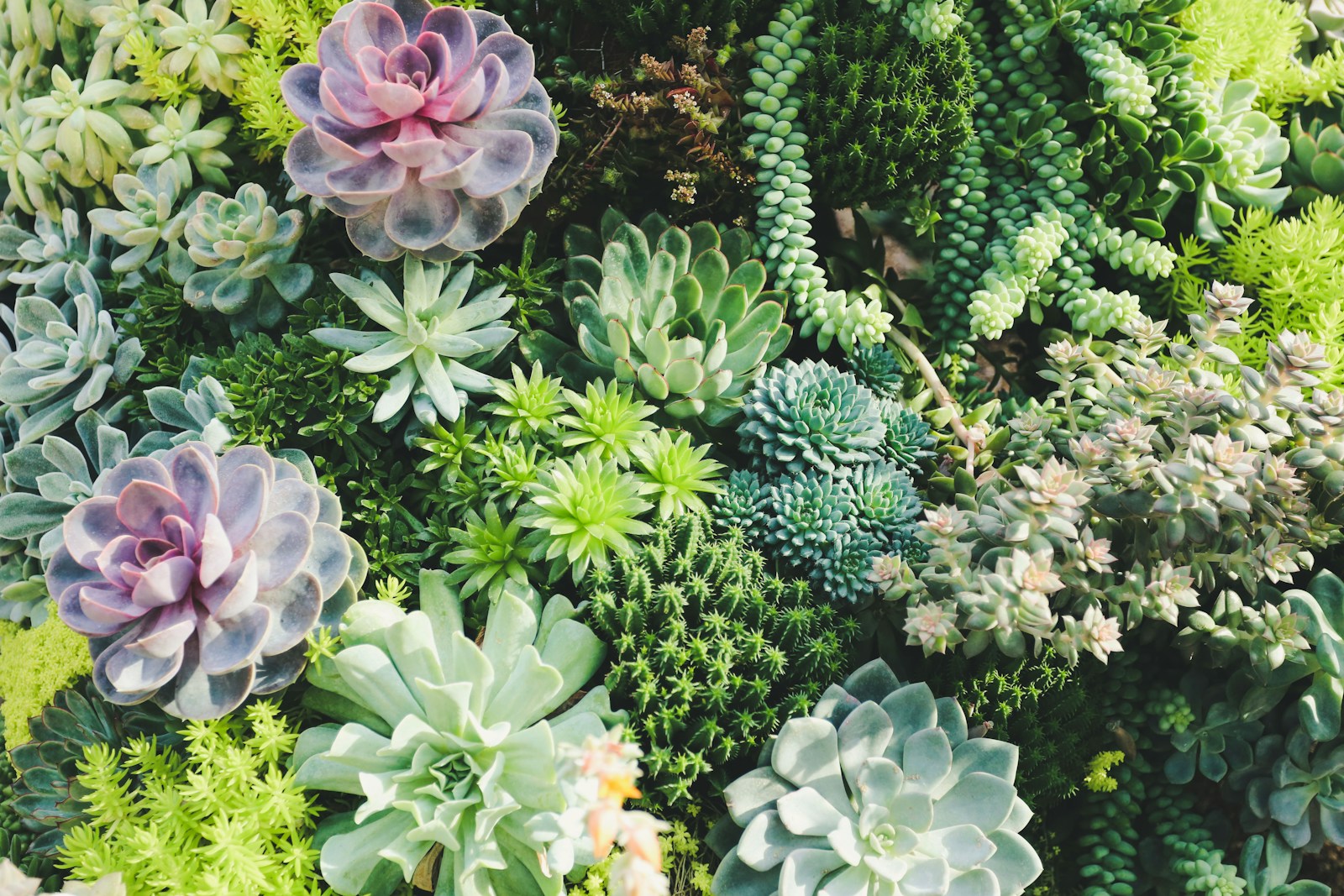Succulents have captivated plant enthusiasts worldwide with their striking geometric forms and remarkable ability to thrive with minimal care. These water-storing wonders have transformed from desert curiosities to interior design staples, adorning windowsills, offices, and garden spaces across diverse climates. Despite their reputation for being low-maintenance, many succulent owners find themselves puzzled when their seemingly sturdy plants begin to wither or stretch unnaturally.
The truth is that succulents do have specific needs, and understanding these requirements is the difference between merely keeping them alive and helping them truly flourish. Whether you’re a first-time plant parent or looking to expand your succulent collection, mastering these essential care secrets will transform your experience and reward you with healthy, vibrant plants.
Understanding Succulent Biology

Succulents are uniquely adapted to survive in harsh, arid environments through water-storing leaves, stems, or roots. This makes them highly drought-tolerant and sensitive to overwatering, which can cause root rot due to waterlogged tissues. Many succulents use Crassulacean Acid Metabolism (CAM) photosynthesis, allowing them to absorb carbon dioxide at night and conserve water during the day.
A waxy coating on their surfaces acts like natural sunscreen, reducing water loss and protecting them from intense sunlight. These specialized features mean succulents require different care than most houseplants. Understanding their biology is key to keeping them healthy and thriving.
Selecting the Right Succulents for Your Environment
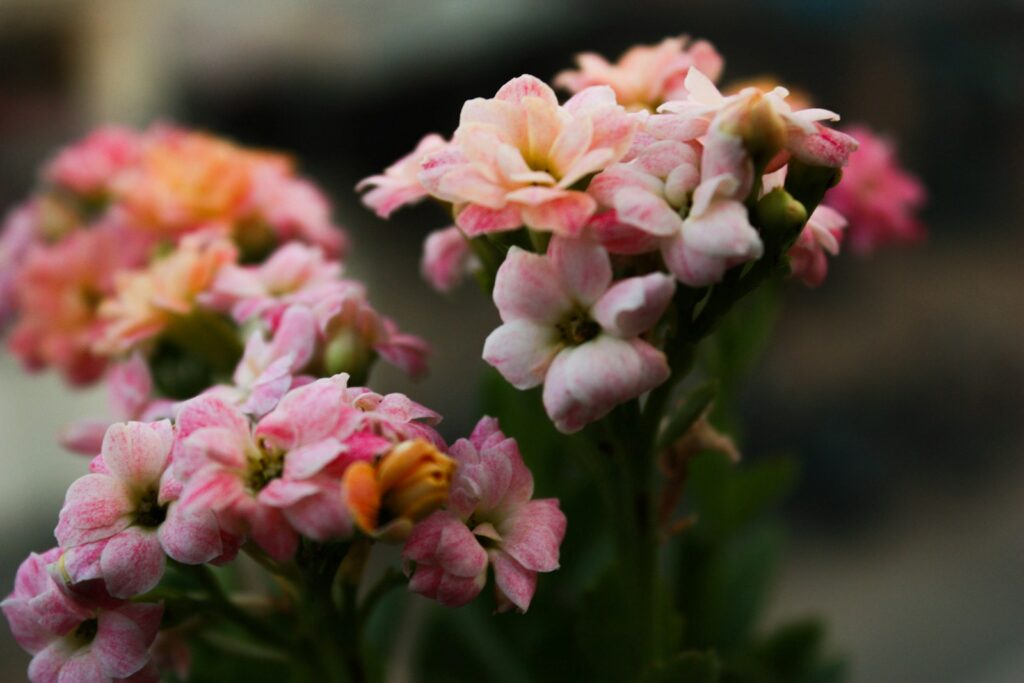
Not all succulents thrive in the same conditions, so choosing the right variety is key to long-term success. In humid climates, opt for moisture-tolerant types like Kalanchoe, Aloe, and some Euphorbia species. Cooler regions are better suited for hardy succulents such as Sempervivum and certain Sedum varieties that can handle cold.
For low-light indoor spaces, jade plants, haworthias, and gasteria are ideal, as they adapt well without stretching. Always research a succulent’s natural habitat before buying to understand its care needs. Matching plant choice to your environment helps ensure healthier, longer-lasting plants.
The Critical Role of Proper Lighting

Lighting plays a crucial role in succulent health, with most varieties needing at least six hours of bright, indirect sunlight each day. Insufficient light leads to etiolation, where plants stretch and become weak and leggy. However, moving indoor succulents directly into full sun can cause sunburn, resulting in lasting leaf damage. To prevent this, slowly acclimate your plant over one to two weeks to build its tolerance.
Indoors, place succulents near bright south- or east-facing windows, and consider using grow lights during darker months. Vibrant colors typically indicate good lighting, while pale or faded leaves suggest the need for more light.
Mastering the Art of Succulent Watering
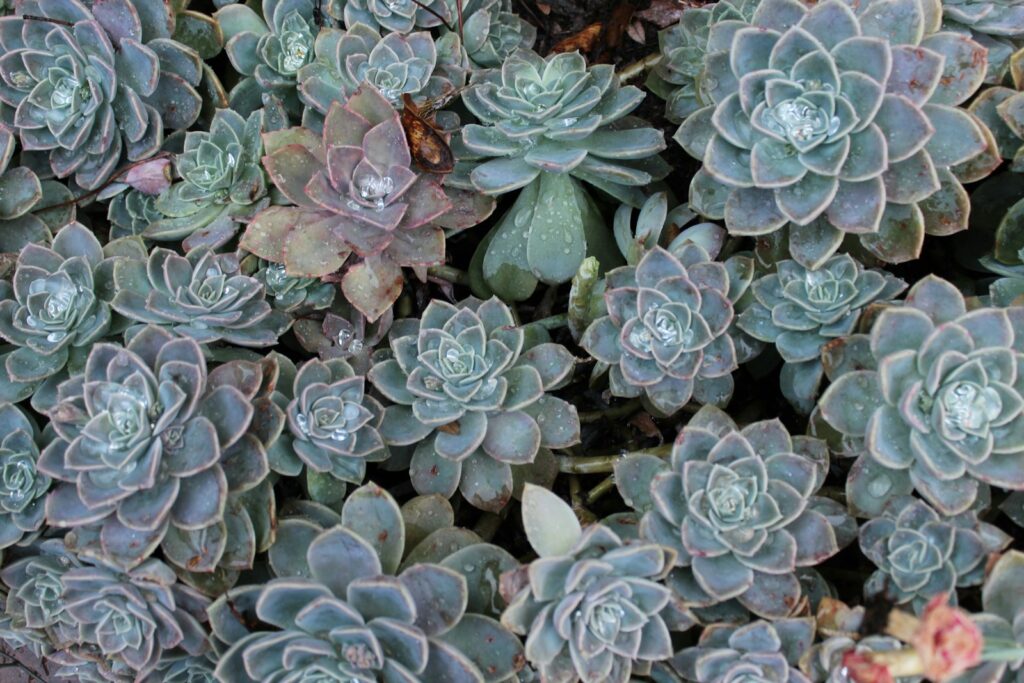
The “soak and dry” method is best for watering succulents, mimicking the rare but heavy rains of their desert origins. This means watering thoroughly until water drains out, then waiting until the soil is completely dry before watering again. Typically, this occurs every 1–2 weeks during active growth, with less frequent watering in winter.
Watch for signs: wrinkled leaves suggest the plant needs water, while mushy or see-through leaves indicate overwatering. Outdoor succulents often dry faster due to sun and airflow, needing more frequent attention. To avoid root rot, it’s always safer to underwater than overwater.
Soil Composition The Foundation of Success
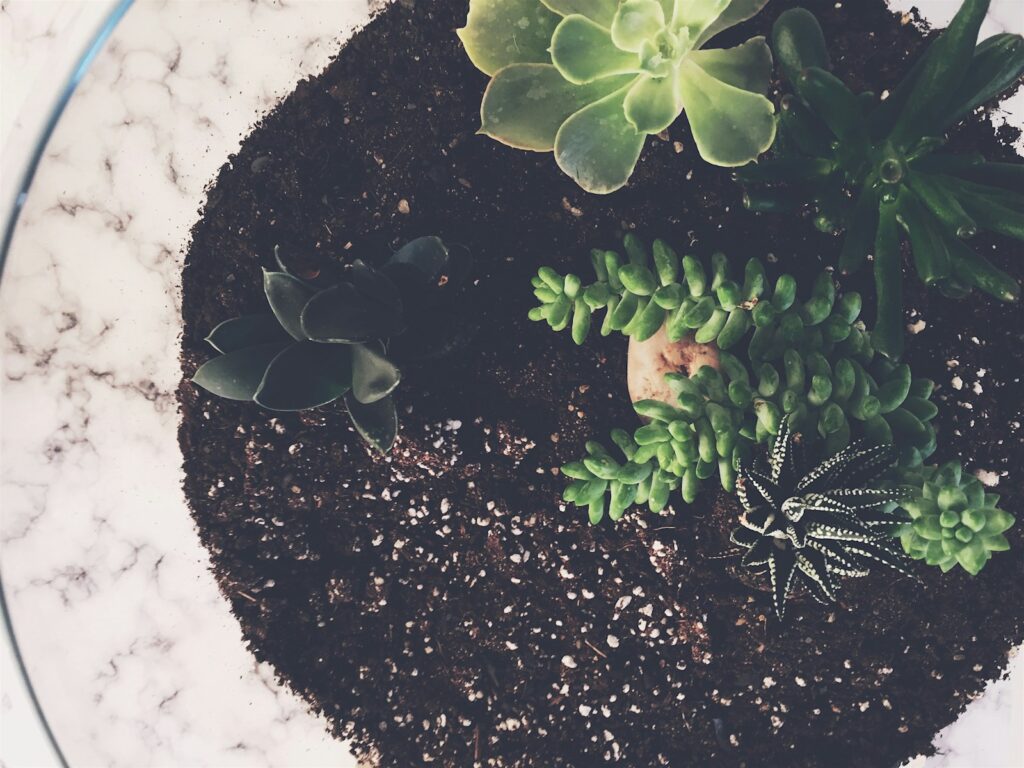
Commercial potting soil holds too much moisture for succulents and can cause root rot if not adjusted. A well-draining soil mix is essential, allowing water to pass through quickly and keeping roots dry. A simple DIY blend includes equal parts potting soil, coarse sand (not beach sand), and perlite or pumice for better drainage.
Desert succulents like Echeverias prefer gritty, mineral-rich mixes, while jungle types like Christmas cacti do better with a bit more organic material. Adding a top layer of gravel or crushed granite helps with evaporation and keeps the plant’s crown dry. Always use pots with drainage holes to protect succulent roots.
Container Selection and Drainage Considerations

The best containers for succulents combine style with function, and proper drainage is a must. Terra cotta pots are a top choice because their porous material helps the soil dry out faster, reducing the risk of overwatering. While decorative pots without drainage may look nice, they should only be used as outer covers (cachepots) with well-draining inner pots inside.
Container size also matters—choose one just slightly larger than the root ball to avoid excess moisture retention. Shallow pots are often ideal, as most succulents have shallow, spreading roots. When planting multiple succulents together, group those with similar light and water needs to keep all plants healthy.
Seasonal Care Adjustments
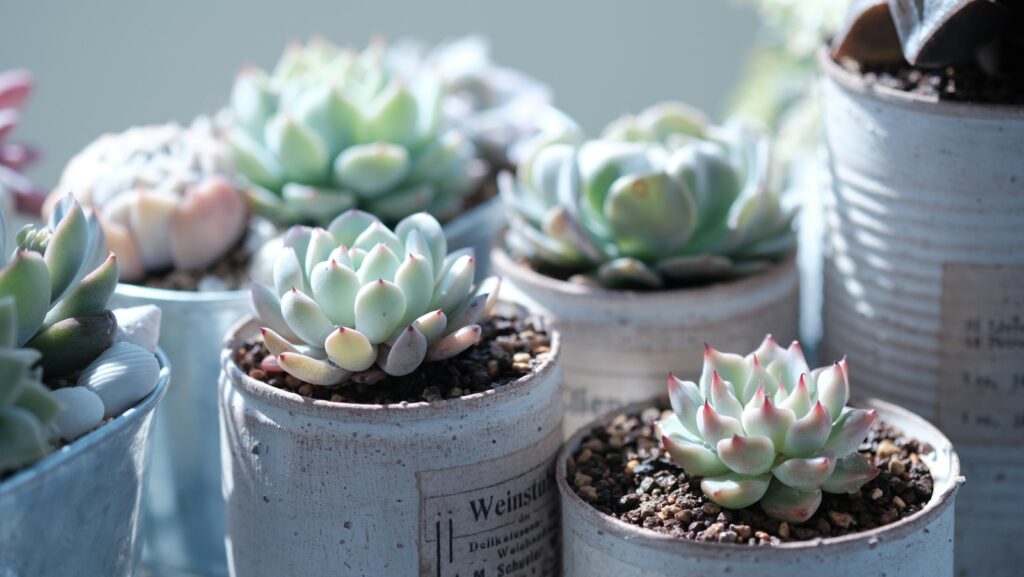
Understanding your succulent’s natural growth cycle is key to providing proper care throughout the year. Most succulents grow actively in spring and summer, needing more water and occasional fertilization during this time. In contrast, many go dormant in winter, slowing their growth and requiring less water with no fertilizer. Some species, especially those from areas with summer rains, grow during cooler months instead.
Temperature also plays a role—succulents thrive in 60–80°F (15–27°C) when active but can handle cooler temps when dormant, as long as they stay above freezing. Watching your plants closely during seasonal shifts helps you adjust care to fit their needs.
Fertilization Strategies for Vibrant Growth
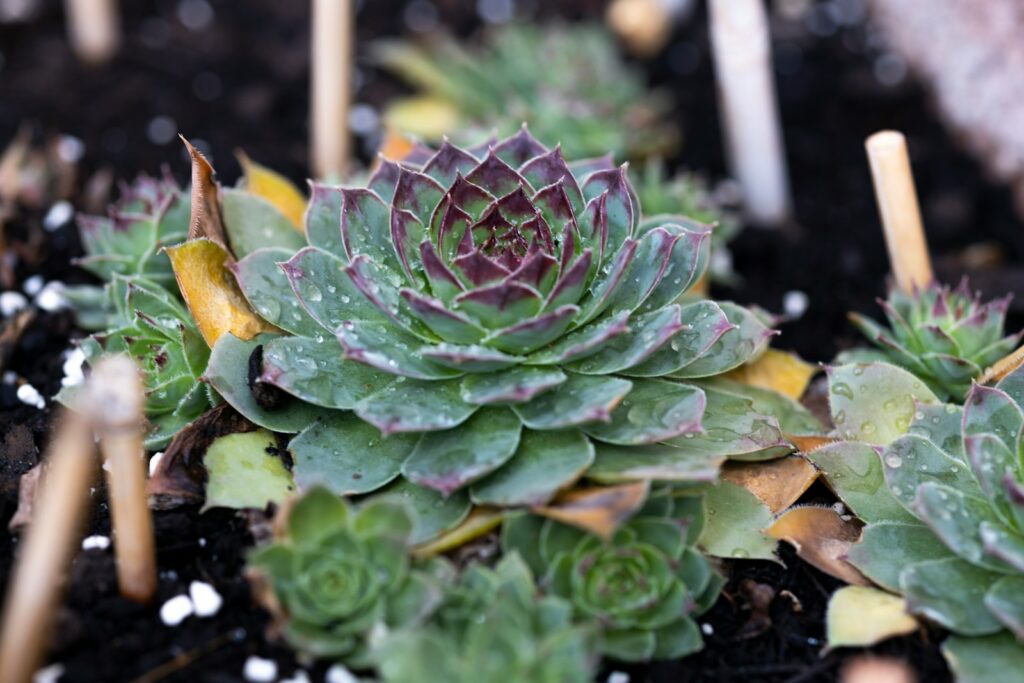
Although often overlooked, succulents do benefit from occasional fertilization tailored to their specific needs. During their active growing season, applying a diluted, balanced fertilizer at quarter to half strength helps support healthy growth without causing weak, overly soft tissue. Blooming varieties like Echeverias and Kalanchoes may respond well to phosphorus-rich formulas that promote flowering.
Most succulents only need feeding 2–3 times per growing season and should not be fertilized during dormancy. Slow-release fertilizers are another low-maintenance option, offering steady nutrition with minimal risk. Watch for signs of over-fertilizing, such as rapid growth, leaf changes, or salt buildup, and flush the soil if needed.
Propagation Techniques for Expanding Your Collection
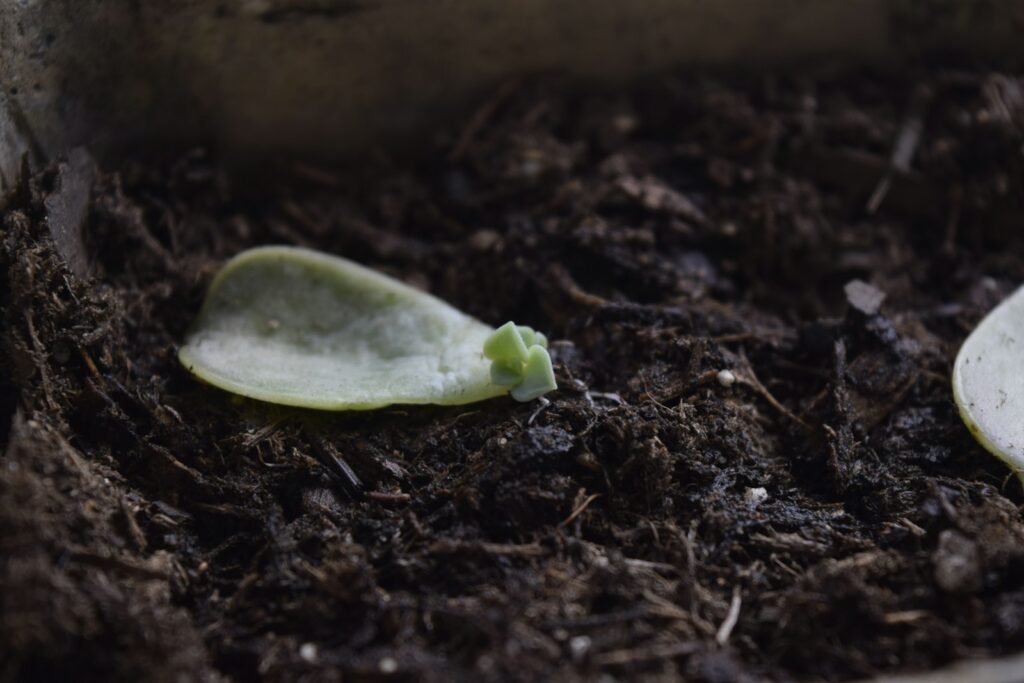
One of the most enjoyable parts of growing succulents is how easily many can be propagated, making it affordable to grow your collection. For rosette-forming types, leaf propagation is simple—just remove a healthy leaf, let it callus for a few days, then place it on well-draining soil until roots and baby plants emerge. Succulents with stems, like jade or aeoniums, can be propagated through stem cuttings once they’ve dried and callused.
Clustering varieties like aloe and haworthia produce offsets that can be gently separated and replanted. Regardless of the method, propagation requires patience, light, and proper soil. While growth can be slow, the rewards are worth the wait.
Identifying and Addressing Common Succulent Problems
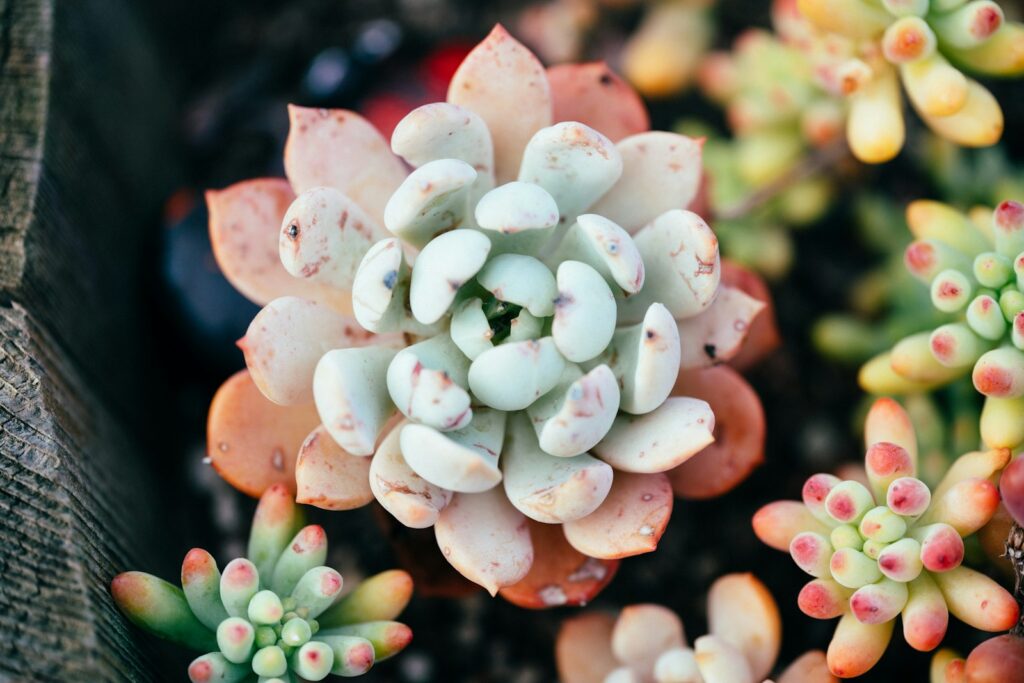
Even with good care, succulents can face issues that need quick attention to prevent lasting damage. Etiolation, where plants grow tall and leggy due to low light, can be fixed by gradually moving them to a brighter spot. Overwatering is a common problem, often shown by soft, see-through leaves—remove the plant, trim rotting roots, let it dry, and replant in fresh, dry soil.
If leaves are wrinkled and shriveled, the plant likely needs more water; a deep soak or gradual rehydration usually helps. Pests like mealybugs and spider mites should be treated right away using rubbing alcohol or insecticidal soap. Black spots may indicate fungal infections, which require pruning, better airflow, and sometimes a fungicide. Watching your plant closely helps catch problems early.
Creating Stunning Succulent Arrangements
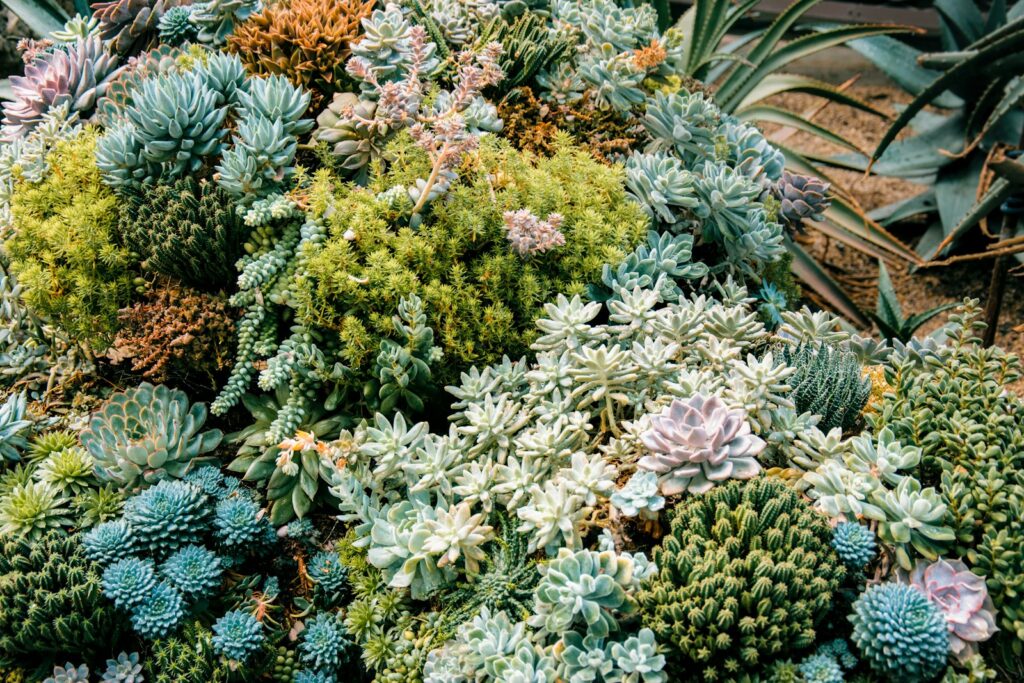
Succulent arrangements are a fun and artistic way to showcase these unique plants, blending beauty with creativity. For a thriving display, group succulents with similar care needs, such as light, water, and growth patterns. Mix different shapes and textures—like upright Aloe, trailing String of Pearls, and rosette-forming Echeveria—for visual contrast.
Leave space between plants to allow for growth, keeping the design both healthy and attractive over time. Adding top dressings like gravel or sand enhances the look while helping keep leaves dry and clean. For outdoor displays, use containers that can be moved to shelter your arrangement from harsh weather.
Winter Protection for Outdoor Specimens
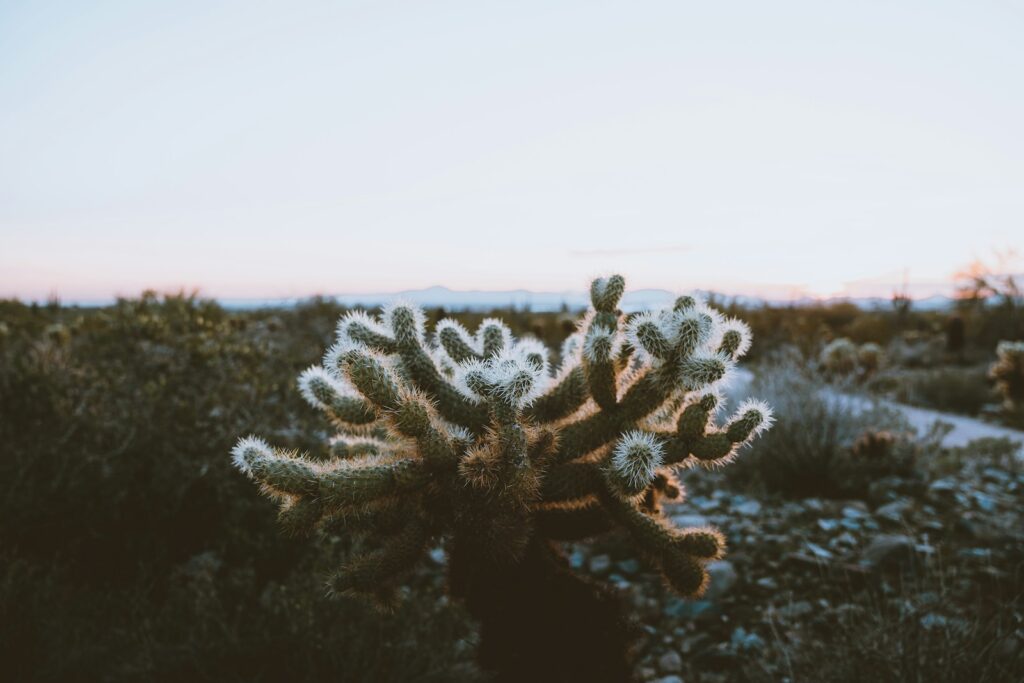
Caring for succulents in cold climates requires extra steps to keep them safe through winter. For in-ground plants, adding a layer of gravel or coarse sand around the base improves drainage and insulates roots from freezing. Use frost cloths or burlap to cover tender varieties during short freezes, but remove them during the day to prevent trapped moisture.
Potted succulents are easier to protect—move them to sheltered spots like covered patios, cold frames, or unheated garages that stay above freezing. Watering should be reduced to once a month, as too much moisture in cold weather can cause rot. Cold-hardy varieties like Sempervivum and Sedum can stay outdoors all year in well-draining soil, becoming more freeze-tolerant over time.
Long-Term Maintenance for Mature Specimens
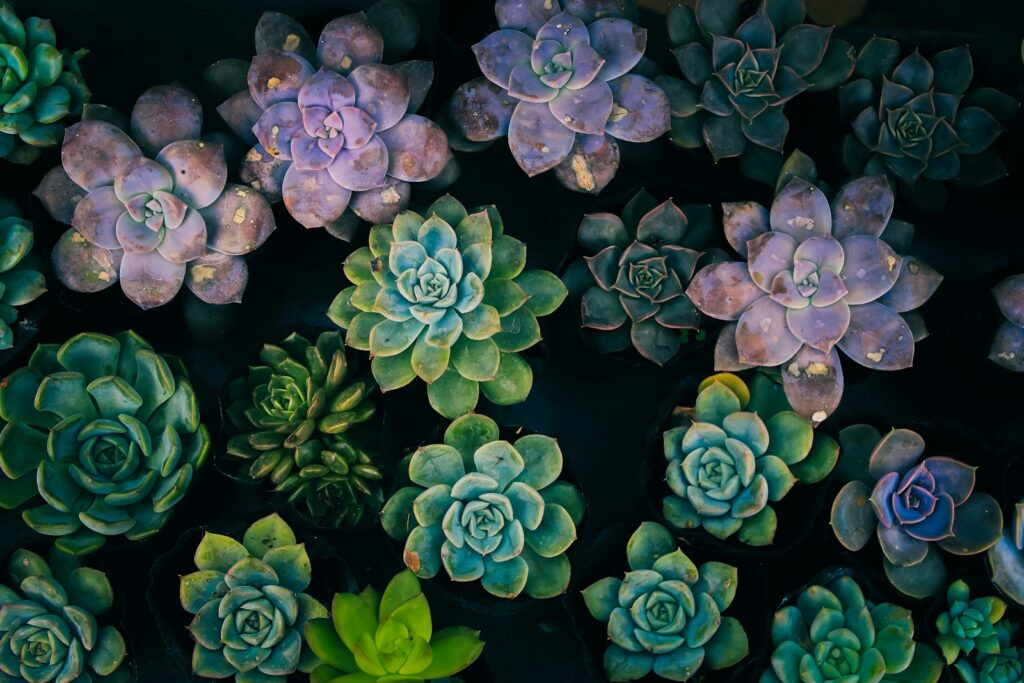
As succulents age, their care needs evolve, and occasional adjustments help maintain their health and beauty. Top-heavy or stretched growth may require pruning or beheading—cutting and replanting the top rosette after it calluses encourages fresh, compact growth. Repotting every 2–3 years, especially in early spring, refreshes the soil, supports root health, and allows for pest or rot checks.
Mature plants often develop woody stems, which can be charming but may need staking or larger pots for balance. Paying attention to seasonal changes and subtle plant cues helps you adapt your care. With consistent attention, succulents flourish for years, even becoming cherished, long-lasting additions to your plant collection.

